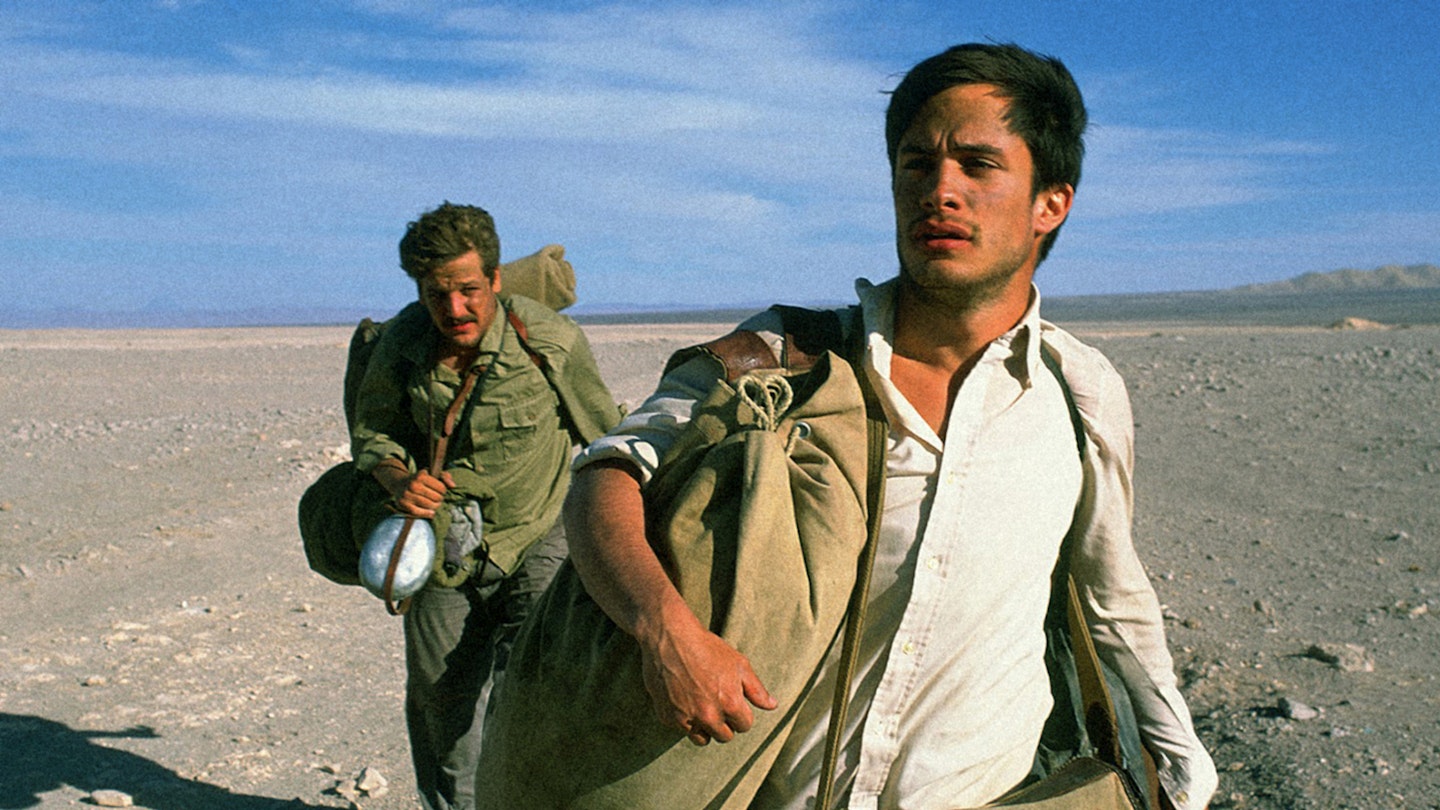The road movie, the journey of self-discovery, the coming-of-age tale. Better than any other medium, cinema can contrast its ever-changing widescreen landscapes with small, emotionally defining shifts inside the hearts and minds of the main characters. Often, though, it's a private pilgrimage inspired by a key moment in the writer or director's adolescence. Rarely does it take on the historical significance of The Motorcycle Diaries.
Put bluntly, Ernesto Guevara de la Serna's trip through South America - detailed in his published journals and now brought to the screen by Walter Salles ù changed his outlook on the world and subsequently changed the world itself. It would be two years before 'Che' met Fidel Castro and another five before they successfully led the Cuban Revolution. But it was this journey, undertaken with Ernesto's biochemist friend Alberto Granado, that transformed him from naive student to the bearded, beret-wearing figure immortalised on T-shirts the world over. Exposed to the abandoned beauty of the Inca site at Machu Picchu and the plight of indigenous communities dispossessed of their lands by ruthless corporations, Ernesto's eyes opened to a reality that would have passed him by had he remained in Buenos Aires.
It is to the credit of Salles, screenwriter Jose Rivera and, in particular, actor Gael Garcia Bernal that the film refuses to suck up to the Che myth. Instead, they concentrate on the awakening of one young man's sympathies as he undertakes a difficult spiritual and physical journey. Salles and cinematographer Eric Gautier took as small a crew as possible on the road, shooting with a mixture of Super 16mm and 35mm stock. The resulting flexibility has allowed them to follow much of Ernesto and Alberto's journey for real, while also enabling them to react instantly to events that happened unplanned on the day.
Consequently the film gains an additional authenticity that underlines Che's philosophy - the Latin America he saw with his own eyes (and which we see on screen, some 50 years later) contains a people united beyond geographical or political borders.
